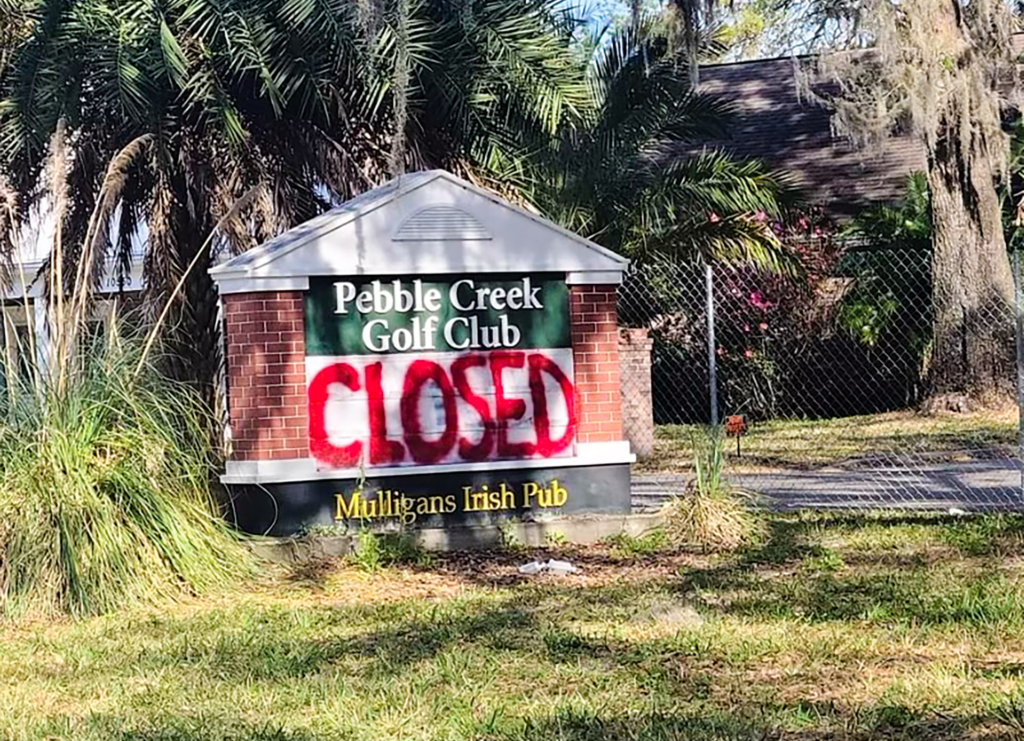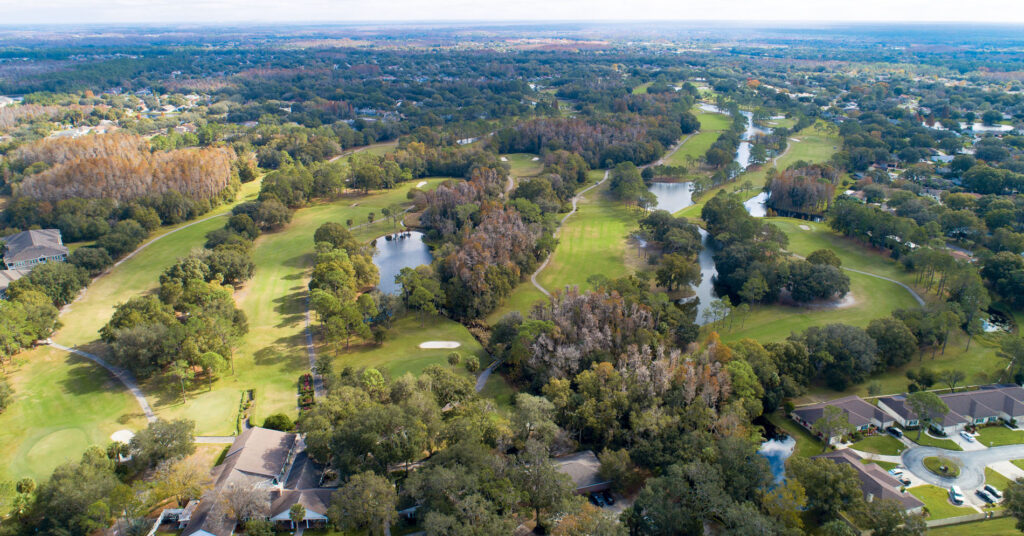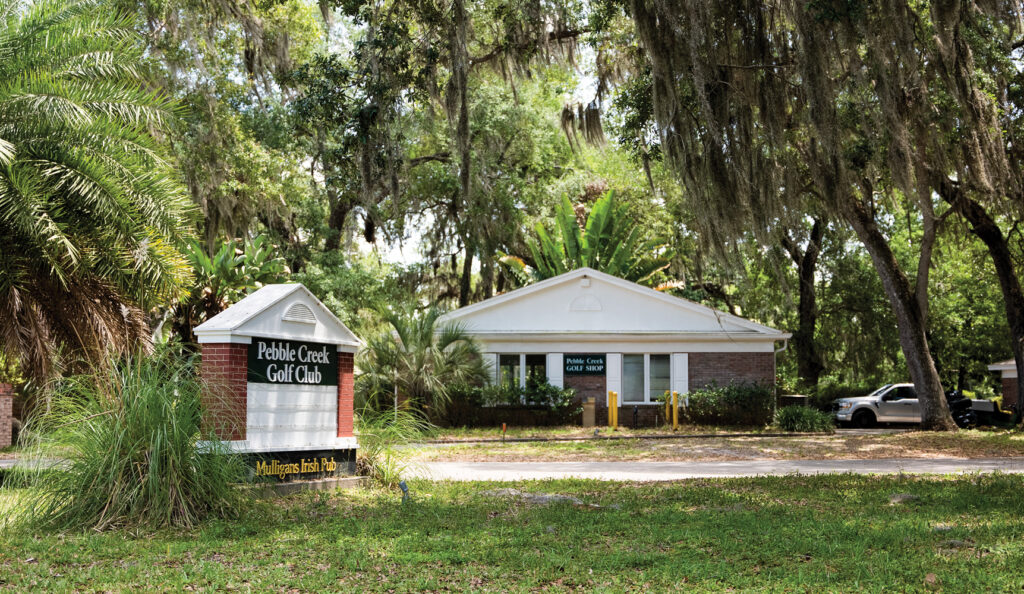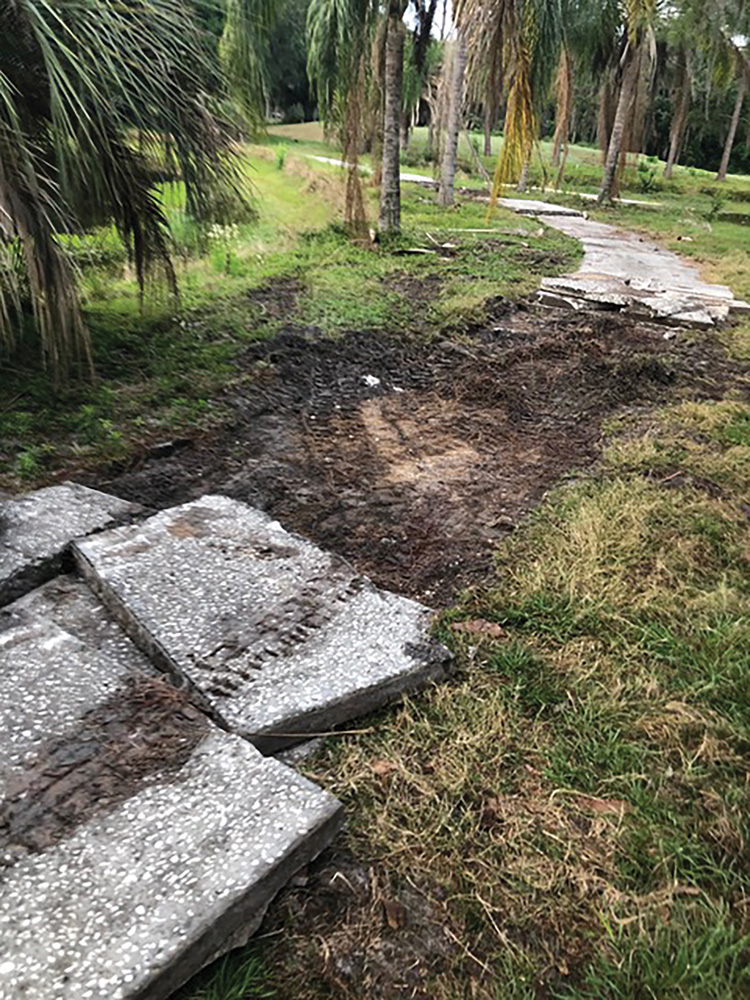There was an unintended mistake in the introduction I wrote in the previous version of this story that appeared in the June 27 edition (Vol. 31, Issue #13) of New Tampa
Saying she will not be silenced by a lawsuit filed against her by Pebble Creek Golf Club (PCGC) owner Bill Place, Pebble Creek resident and activist Leslie Green is firing
From greens to Green, the battle over what to do with the former Pebble Creek Golf Club (PCGC) is now headed to the courts. PCGC owner Bill Place and his
Pebble Creek Golf Club (PCGC) owner Bill Place says it’s a matter of safety. Pebble Creek resident Paul Manobianco says it feels more like retribution. A number of cart path
All is quiet at the Pebble Creek Golf Club (PCGC), which closed for good on July 31. So, what’s next? Homes…probably. Maybe? PCGC owner Bill Place had all but finalized




















